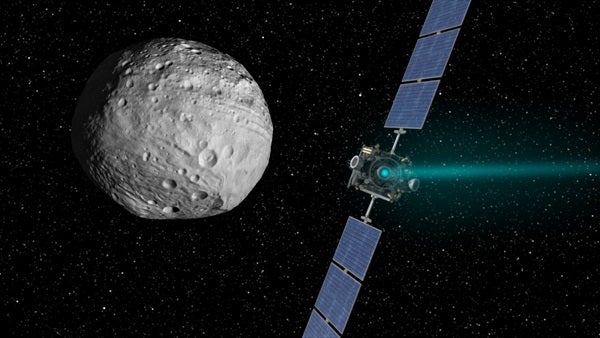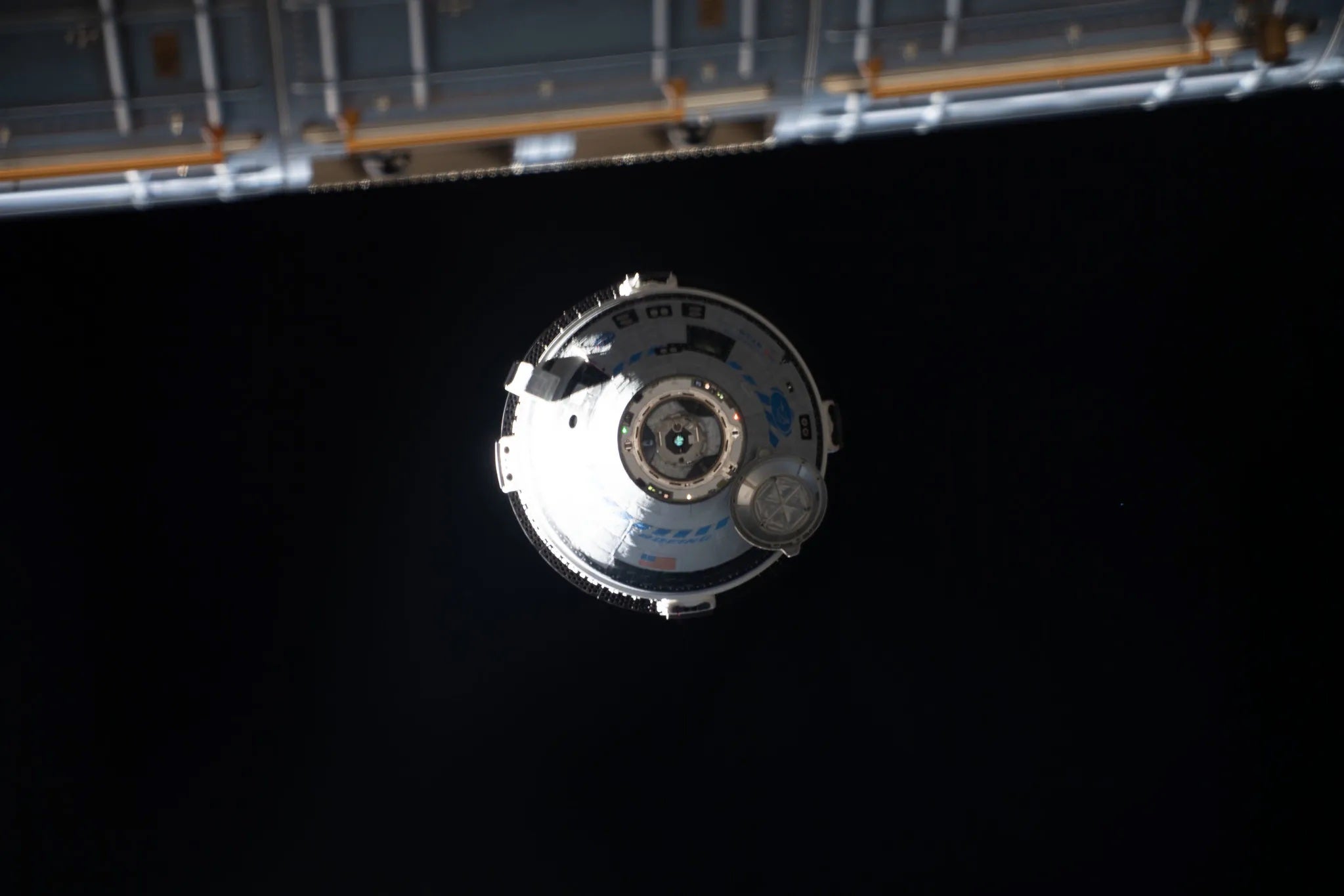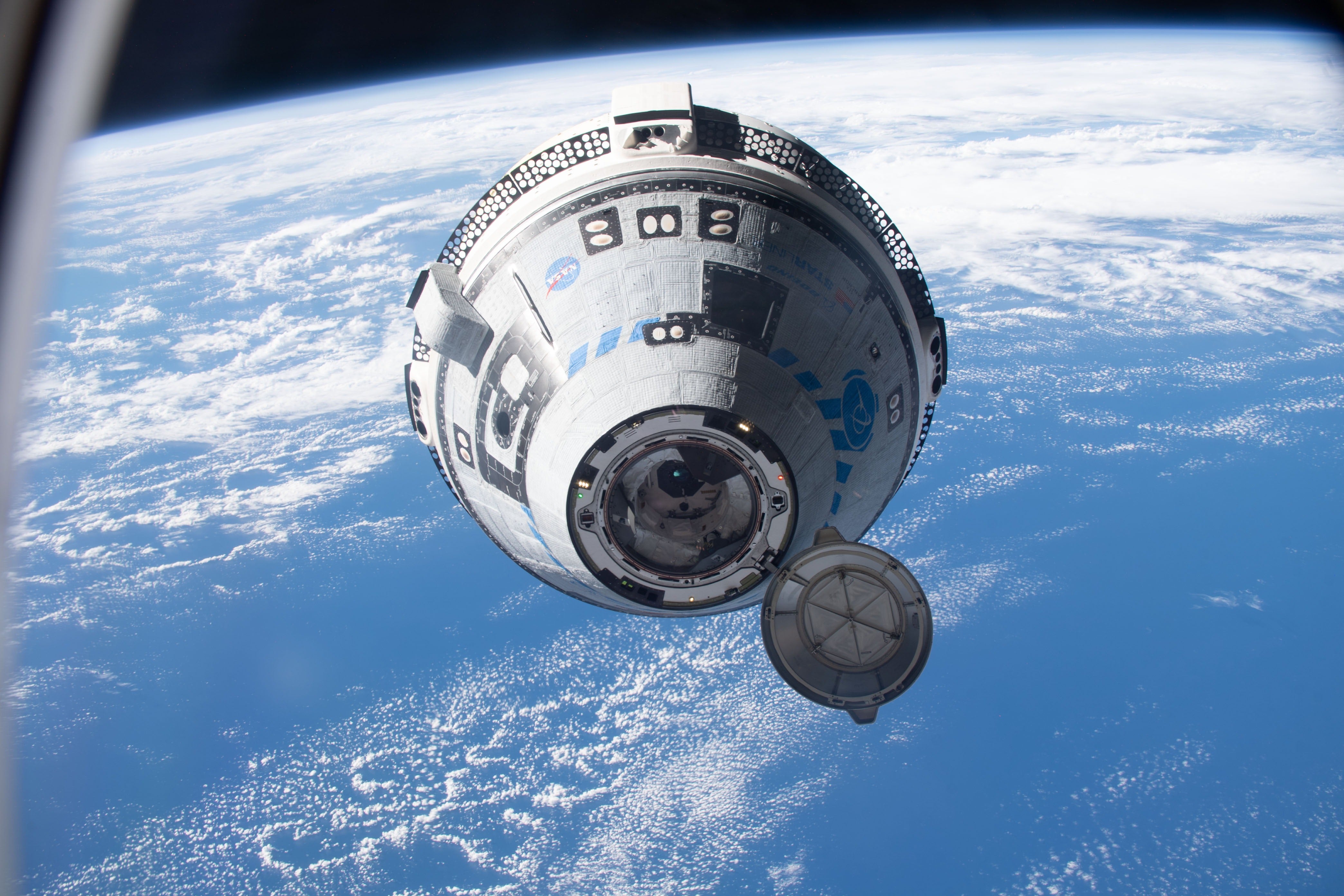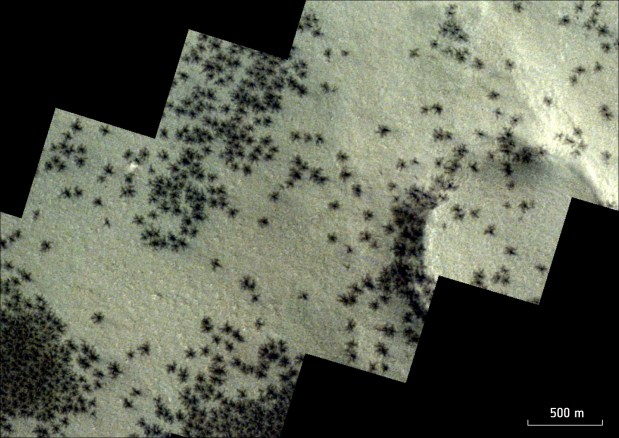NASA’s Dawn spacecraft is low on hydrazine fuel and missing some wheels, but its fate after its current mission ends June 30 is still being decided.
The solar-powered spacecraft was launched back in September 2007 to study protoplanets in the asteroid belt, asteroid Vesta, and dwarf planet Ceres. Dawn arrived at Ceres in March 2015 and became the first spacecraft to visit a dwarf planet, beating New Horizons’ visit to Pluto by just four months.
While studying Ceres, Dawn found an ice-rich crust, evidence that pointed toward an underground ocean.
During this mission, Dawn ended up losing three of its four reaction wheels, which are used to control what the spacecraft points at. Carol Raymond, deputy principal investigator at NASA’s Jet Propulsion Laboratory, told SpaceFlightNow that the loss of the third wheel was may not end the mission, but it does have an impact on the amount of time Dawn has left.
With missing wheels and low fuel, the teams are weighing the financial costs of Dawn and the scientific payoff to decide what to do with Dawn come June 30. The options right now are to stay at Ceres, send Dawn off on another object, or just shut the craft down altogether.
Dawn uses more hydrazine to control the craft’s orientation when it’s closer to Ceres and when it’s in lower orbits, so sending it off on another mission might preserve fuel, but the final decision will be up to NASA.
Source: SpaceFlightNow










